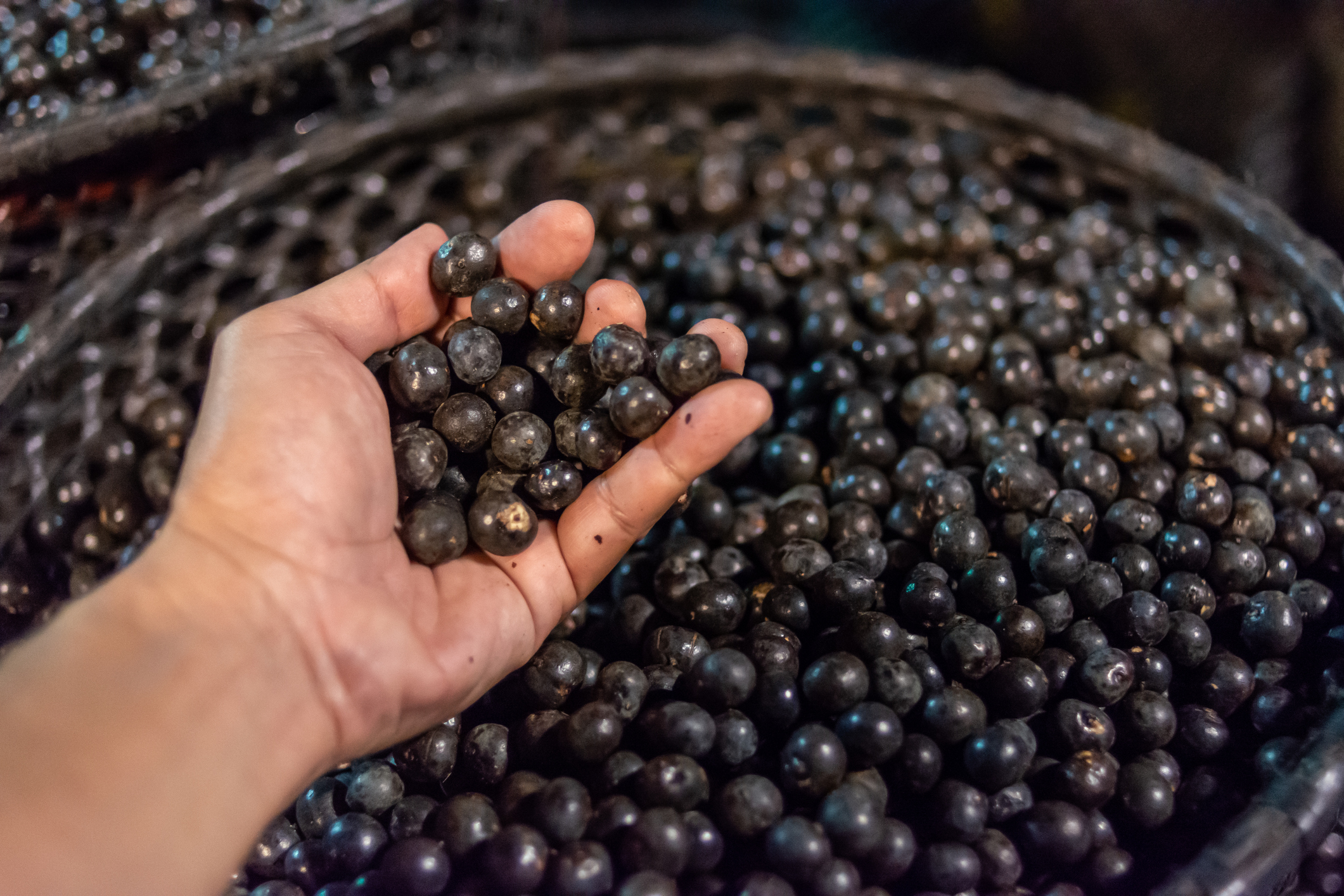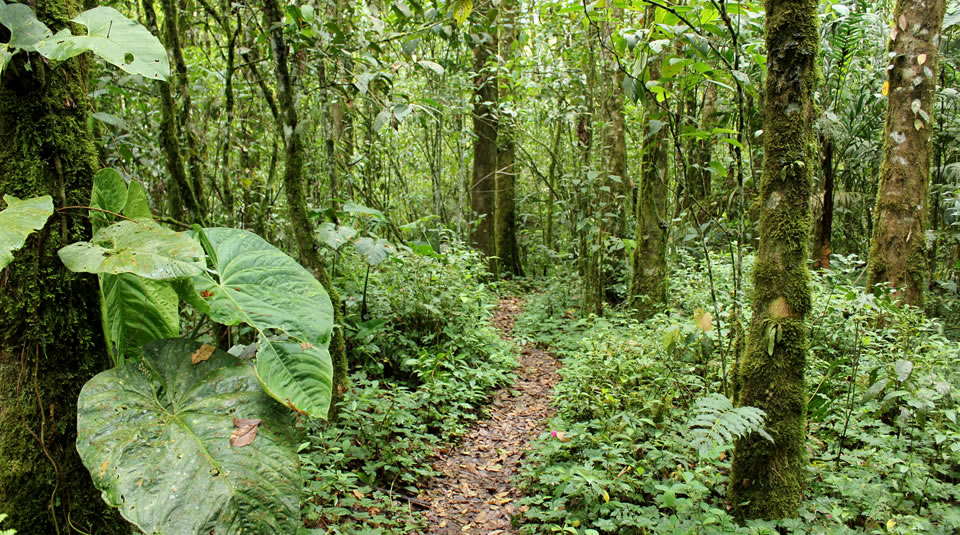Can we make a living off biodiversity? Experts say yes, and reveal which sectors have the greatest potential for the bioeconomy in Colombia.

In a country that is home to nearly 10% of the planet's biodiversity, the question shouldn't be whether it's possible to make a living from it, but rather why a decisive commitment to transforming this natural wealth into sustainable development hasn't yet been made. For Claudia Vásquez, director of The Nature Conservancy (TNC) Colombia, and Andrés Zuluaga, Director of Conservation for the same organization, the country has everything it needs to make the bioeconomy a significant source of income. However, the sector currently doesn't even represent 1% of GDP, when it could reach up to 3%, a figure close to that of the agricultural sector.
The bioeconomy, they explain, involves using biodiversity responsibly, ensuring benefits for both nature and the communities that inhabit the territories where the resources originate. It's a "win-win" situation in which ecosystems are not sacrificed to produce goods, but rather are conserved and strengthened. "It shouldn't be seen as a resource that is depleted, but rather as something that can be regenerated if strategies are managed well," Vásquez emphasizes.

Claudia Vásquez, Colombia director for The Nature Conservancy (TNC). Photo: The Nature Conservancy
Sectors such as cosmetics, food, medicines, oils, biotechnology, agricultural bioinputs, and natural food dyes are among the greatest opportunities. "There are even possibilities for used oils in the automotive sector or new metabolites for food mixes," Zuluaga adds. And although successful initiatives already exist in Colombia, they face serious logistical and bureaucratic barriers that hinder their scaling.
Both experts agree that progress requires more than willpower. It requires solid infrastructure, state incentives, adequate financing, and strong public-private partnerships. “Communities are often hours downriver from the nearest point where they can market their products. Without a cold chain or adequate roads, that potential is lost,” says Zuluaga.

The açaí is an Amazonian fruit that is a clear example of how biodiversity is harnessed. Photo: iStock
Vásquez highlights the example of a national company that has produced toiletries and food colorings from biodiversity for 30 years, including agreements with farmers and the use of native species. However, it faces administrative obstacles that discourage investment.
At the international level, countries like Brazil have already made significant progress with cases like Natura Cosméticos. In Colombia, TNC is working with the Inter-American Development Bank (IDB) and Natura to map the potential of bioeconomic ventures in departments like Caquetá and Guaviare. They also have partnerships with the Humboldt Institute and Ecopetrol—a company that, within the framework of its energy transition, could be a key player in promoting this new economy, according to both experts.
Zuluaga emphasizes that strengthening markets is an essential condition for these initiatives to be viable. “Many of the initiatives associated with biodiversity can be profitable, but if there isn't a market that pays those prices fairly, it will be very difficult to leverage them,” he notes. The expert believes it is key for large companies to develop business lines linked to biodiversity and for the media to help position this conversation on the national agenda. “We need the most biodiverse country on the planet to stop wasting these advantages,” he insists.

Improving transportation infrastructure is also a challenge for harnessing biodiversity. Photo: Private archive
For his part, Vásquez emphasizes the urgent need for state incentives to drive the growth of the bioeconomy. “There is no state incentive to accelerate the growth of an economy based on our biodiversity,” he affirms, noting that the country should rethink the mechanisms that have inadvertently led to biodiversity loss. Instead, he proposes incentives aimed at those who present environmentally friendly business models. “We also need to diversify financial mechanisms. Today, it is very difficult for a bank to lend resources to develop a product in the Amazon rainforest, although it is beginning to happen, but it is not common,” he warns.
The underlying message is clear: Colombia can not only live off its biodiversity, but must do so if it wants to conserve its ecosystems and improve living conditions in its most neglected regions. But this will only be possible if the country manages to close the gap between environmental discourse and public policy, and if consumers, businesses, and governments begin to view biodiversity not as an untouchable object to be protected from a distance, but as a source of development that can be harnessed and conserved at the same time.

Biodiversity can also be harnessed sustainably and responsibly. Photo: National Natural Parks
Environment and Health Journalist
eltiempo





